

Contributor
 As a Californian, I feel a great sense of PLACE when I think about “oak woodlands.” These iconic landscapes are integral
As a Californian, I feel a great sense of PLACE when I think about “oak woodlands.” These iconic landscapes are integral
to this place we call home. Being among oaks, it’s easy to believe in something not only bigger than myself, but also better than myself, and in the uplifting knowledge that whole symbiotic systems can and do work together in a dynamic process of give and take, checks and balances.
California naturalist Kate Marianchild’s new book, Secrets of the Oak Woodlands, provides a nice introduction to the ecological and cultural importance of oak-related plant communities, followed by close-up profiles of 22 specific organisms that are either 1) recognized as “keystone” elements in these ecosystems, 2) particularly rare or interesting, or 3) among her personal favorites after living in close observation of these communities for the past 13-odd years.
Marianchild defines her terms right in the beginning of this simultaneously personal and well-researched book: “An ‘oak woodland’ is officially defined as an oak stand in which at least 10 percent of the land is covered by oaks and other species, mostly hardwoods. Here, however, I include oak savannas (grassy expanses sparsely dotted with oaks), oak forests (where canopies overlap and species other than oaks might dominate), and edge habitats where oak and chaparral meet.”
Each chapter subsequent to the introduction comes in almost whimsical alphabetical order, for example: California Sister, Coyote, Lace Lichen, and Manzanita. This combination of whimsy and specificity often left me wondering if there was an order to the way things were listed that I was somehow missing? And there may be. Ultimately I felt the sampling from all layers of the woodland and the broad scope of life forms—plants, animals, fungi—captured and created a sense of complex diversity and a tapestried and interwoven fabric of life.
Chapters titled California Chanterelle and Miraculous Mycorrhizas speak to us of the soil layer; the woodland floor is brought to life by such characters as the California Newt, California Quail, Coyote, Ground Squirrel, and the Western Fence Lizard. The understory and canopy are lively with the likes of California Bay Laurel, California Buckeye, Lace Lichen, Manzanita, Oak Galls, Oak Mistletoe, Poison Oak, and Toyon. And the air is filled with California Sister butterflies, Oak Titmice, Acorn Woodpeckers, Western Bluebirds, and Western Scrub-Jays.
Most chapters focus on the life cycle, habitat, and cultural history of just one species, while consistent chapter formatting underscores how the subject at hand interacts and is interdependent with other life forms in the community—for instance, they eat these, they are eaten by these, they require these for nesting or reproducing.
Some of the more technical and academic research presented by Marianchild is officially cited and footnoted, yet is softened by her very personal experiences and storytelling. This conversational tone—which can sometimes lean slightly toward anthropomorphic condescension as in the use of nicknames like “Nellie Newt”—as well as interesting and often quirky bits of information left me feeling as though Marianchild is part of this community, too; these are her friends. And by association we—the reader—are also friends.
I am guessing that Marianchild’s hope is that by introducing a wider audience to this community and by increasing our knowledge of this fascinating, lively, and unique community of personalities, we may value them more highly and make choices to reflect this value. It worked for me. With her secret details to enjoy, understand, and share with others, I want to get out into the oaks and make sure they’re there for my daughters to get out into, for years to come. I have even become an advocate for poison oak after reading Secrets of the Oak Woodlands. You might, too.
Jennifer Jewell, PHS board member
Chico, California
Share:
Social Media
Garden Futurist Podcast
Most Popular
Videos
Topics
Related Posts
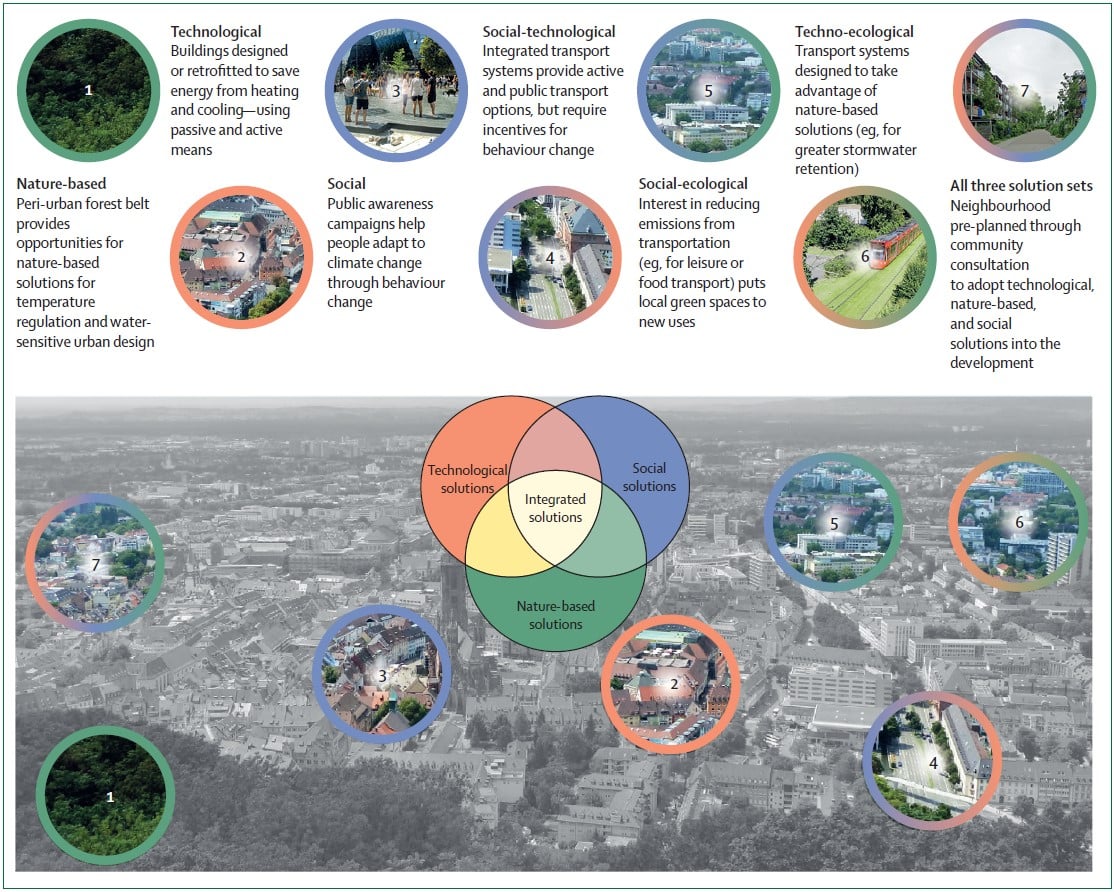
Ground Up Science for Greener Cities with Garden Futurist Dr. Alessandro Ossola
Spring 2023 Listen to the Podcast here. Alessandro Ossola is a scientist who gets very excited about the challenge of climate change allowing for an
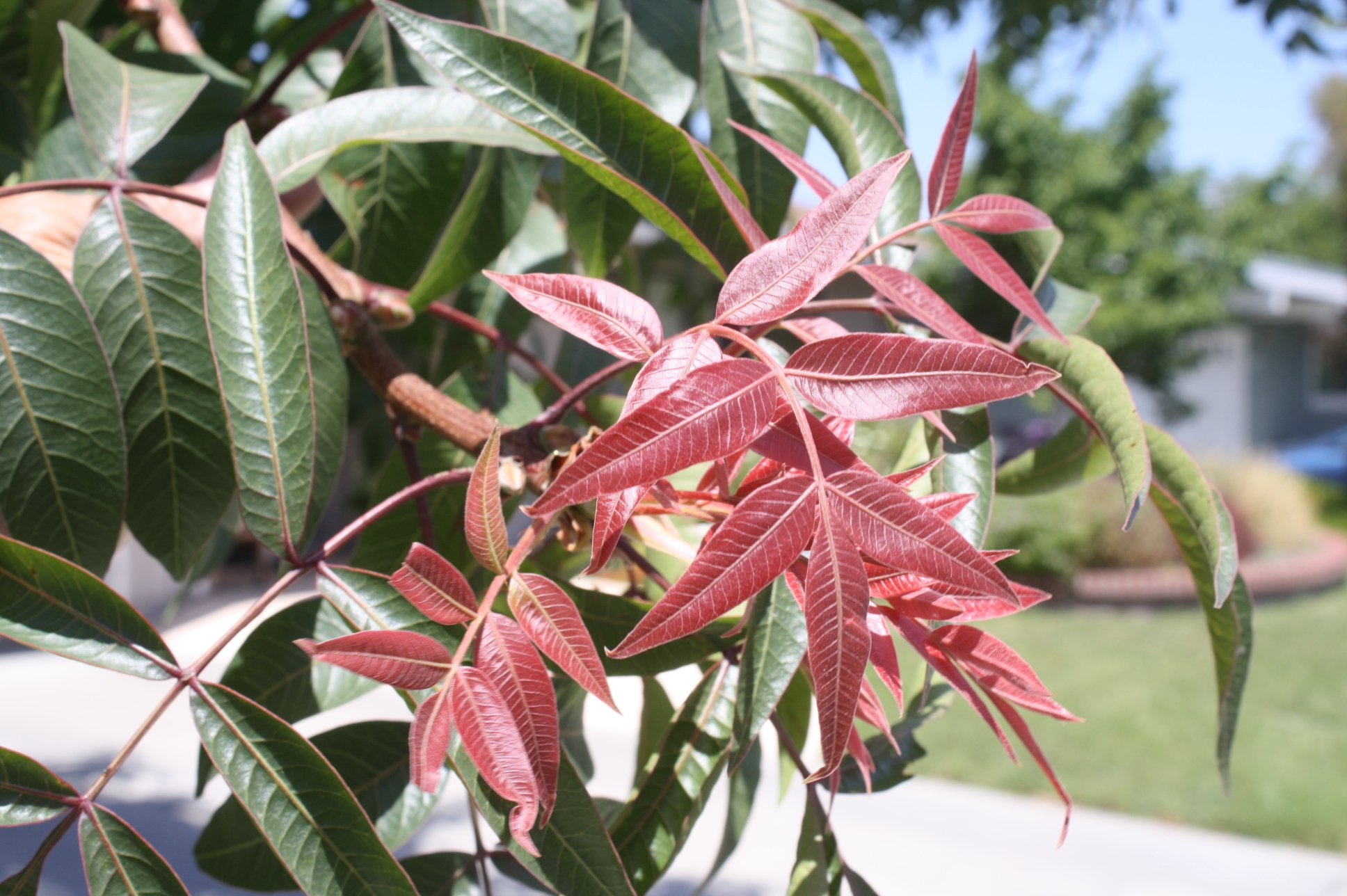
Readying Urban Forests for Climate Realities with Garden Futurist Dr. Greg McPherson
Winter 2023 Listen to the Podcast here. “Going from the mow and blow to a more horticulturally knowledgeable approach to maintaining the landscape. And that

Welcome, Greywater, to the Garden
Summer 2022 Oh, summer: delightful warm air, tomatoes swelling on the vine, fragrant blooms on an evening stroll. When it’s warm and rainless, how is
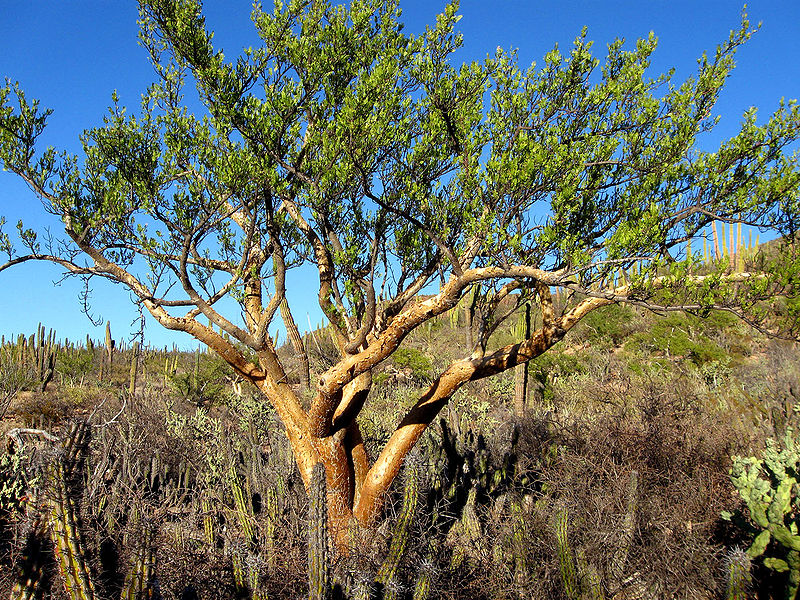
Big Tree-Data and Big-Tree Data with Garden Futurist Matt Ritter
Summer 2022 Listen to the full Garden Futurist: Episode XV podcast here. We are in an environmental crisis right now in many parts of California





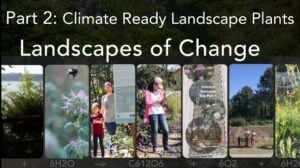

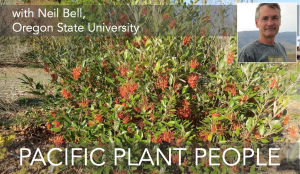
Responses